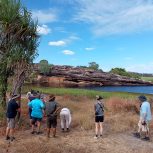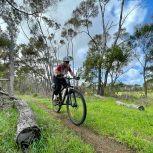Bird watchers guide to the Kimberley
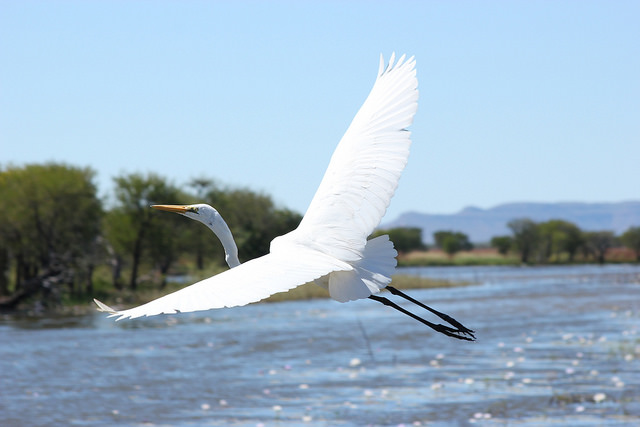
Bird watchers guide to the Kimberley
Posted on
Western Australia and its unique and diverse geography make it a bird watchers paradise. Oceans, desert, lakes and remote areas invite you to explore and view some unique bird species while venturing into some of the world’s most striking landscapes. Over 500 species of bird have been recorded in WA, and it is said that the best birding areas are in the Kimberley in the far north of the state. This region covers an area twice the size of Victoria, is sparsely populated and varies in habitat type from mangrove, wetland and mudflat to patches of rainforest, grassy plain and rocky outcrops. This diversity supports a vast array of birdlife.
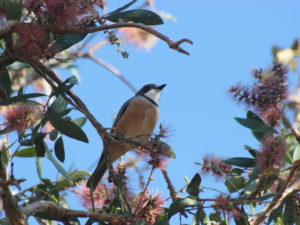
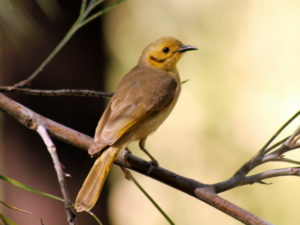
As the Kimberley is such an extensive area not everyone has the time or opportunity to really get an indepth look at the birdlife. With this in mind the following is an overview of those birds you are likely to encounter while travelling along the Gibb River Road and out to the Purnululu National Park (Bungle Bungles). Although saying this, keep in mind that many species move around or migrate with the season so check which times certain species are more likely to be in the region.
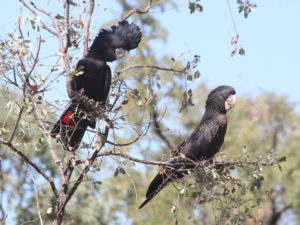
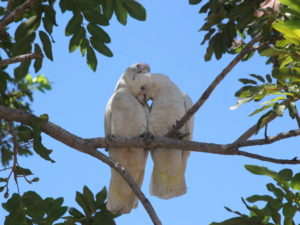
Broome and the surrounding region is excellent for observing mangrove species, waders and summer migrants including Redshank, Mangrove Robin and Snipe (If you have extra time in the area visit the Broome Bird Observatory at Roebuck Bay). Black kites, Babblers and various honeyeaters are easily seen around town and you can’t miss the noisy Little Corellas. Derby, a day trip by road from Broome, is home to over 200 species of bird. Good birdwatching areas are on the mudflats, mangroves and wetlands. Around these sites, and similar wetlands in the region, it’s possible to see Sacred Kingfisher and Jabiru, Brolga and Great Egrets and Stilts to name a few.
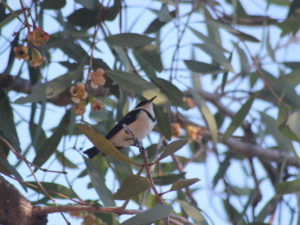
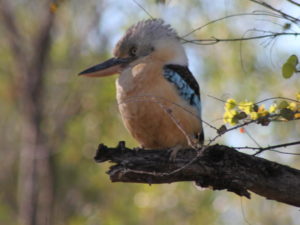
On par with the diversity of birdlife found in Broome, and located in the east of the Kimberley is Kununurra. For many birdwatchers the highlights in this area are the 11 species of finch including Double barred finch, Star Finch, Yellow-rumped Mannikins and the possibility of Gouldian finch. Waterbirds, parrots and honeyeaters are also numerous. West of Kununurra is the town of Wyndham, where five rivers meet the sea. The area supports species such as the White-breasted Woodswallow, Red-backed Kingfisher, and Olive-backed Oriole and a large variety of finch. If you happen to be in these places near sunrise or sunset many birds will come in to drink including Long-tailed finch, Red-backed fairy wren, budgerigars and Rainbow Bee-eaters.
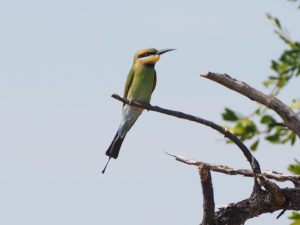
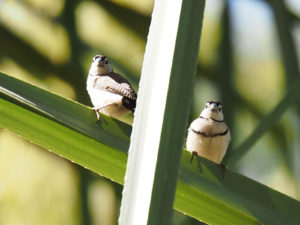
Lake Argyle, located near Kununurra, is Australia’s largest artificial lake and home to more than 270 species of bird, including a number of rare species. Some of the unusual species here include the Gouldian Finch and the White Quilled Rock Pigeon, as well as the Purple Crowned Fairy Wren, found at the southern end of the lake.
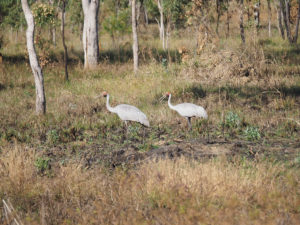
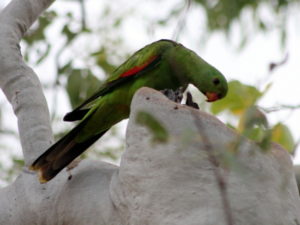
Many birds can easily be observed and/or heard in the campsites along the Gibb River Road. Listen for the distinctive calls of the Blue-winged kookaburra, Black cockatoos, Northern boobook and Barking owls. Yellow-tinted honey eaters, Rufous whistlers and barred honeyeaters hang around waterholes such as Galvins and Adcock Gorge, while in the gorges and campsites of Purnululu the Great Bowerbird, Red-shouldered parrot and Northern Rosella are easily found. Keep your eyes open for the Australian Bustard which can appear anywhere.
Happy watching.
Imogen – Inspiration Outdoors Guide

